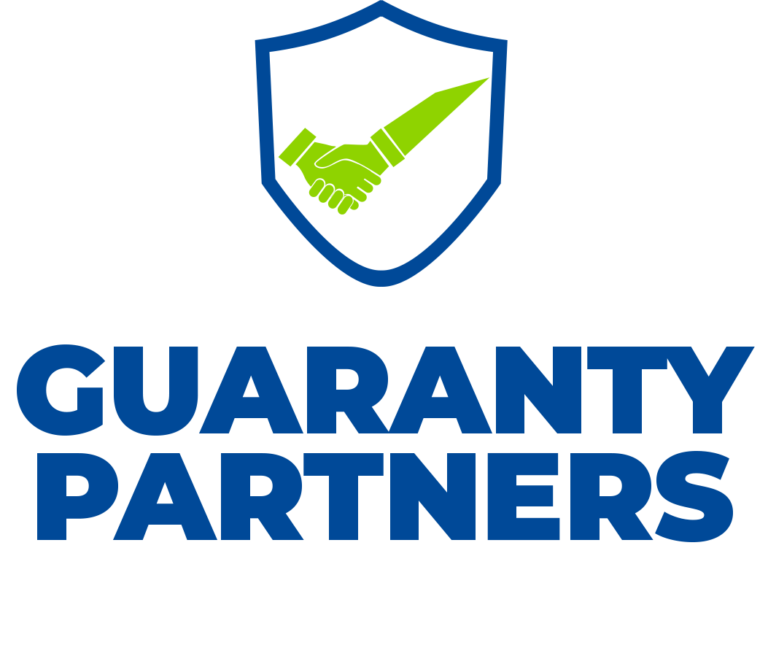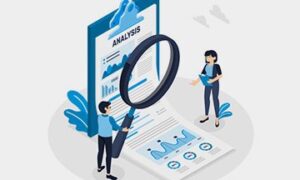Financial Statements Consolidation and Investment Accounting Training Course
Course Fee:
Course Objectives
By the end of the program, participants will be able to:
• Recognize the process of consolidating financial statements.
• Identify business combinations and their related transactions.
• Apply the acquisition method for business combinations.
• Account for goodwill and non-controlling interests.
• Identify different types of financial instruments and accounting methods for each.
• Account for transactions according to fair value method, equity method and amortized cost.
• Recognize differences and similarities between International Financial Reporting Standards (IFRS) and the US Generally Accepted Accounting Principles
Course Outline
Financial Instruments
• Categories of Investments
• Presentation of Financial Instruments
• Distinguishing Liabilities from Equity
• Classification of Instruments:
• Held-to-Maturity Debt Securities (HTM)
• Trading Securities
• Available-for-Sale Securities (AFS)
• Fair Value through Profit and Loss Option
• Determining Fair Value
• Initial and Subsequent Measurement
• Reclassification and Transfer between Categories
• Constraints on Reclassifications
• Derecognition of Financial Instruments
• Impairment of Financial Assets Carried at Amortized Cost
• Impairment of Financial Assets Carried at Fair Value
• Impairment of Financial Assets Carried at Cost
• Accounting for Sales of Financial Instruments
• The Recent Accounting Updates According to IFRS 9
Investments in Associates
• Accounting Based on the Equity Method
• Situations when Cost Method is Applicable
• Differences in Fiscal Year
• Intercompany Transactions between Investor and Investee
• Accounting for a Partial Sale or Additional Purchase of Equity Investment
• Change in Level of Ownership or Degree of Influence
• Accounting for Impairment
Transactions Accounted for as Business Combinations
• Defining a Qualifying Business
• Structures of Business Combinations
• IFRS and US GAAP Consideration
Accounting for Business Combinations
• Applying the Acquisition Method
• Identifying the Acquirer
• Recognizing and Measuring the Identifiable Tangible and Intangible Assets Acquiredand Liabilities Assumed
• Classifying or Designating Identifiable Assets Acquired and Liabilities Assumed
• Recognizing and Measuring any Noncontrolling Interest
• Measuring the Consideration Transferred
• Recognizing and Measuring Goodwill or Gain from a Bargain Purchase
• Acquisition Related Costs
• Accounting for Gain on Bargain Purchase Option
Consolidated Financial Statements
• Defining “Control”
• Changes in Ownership Interest without Loss of Control
• Changes in Ownership Interest Resulting in Loss of Control
• Consolidation Procedures
• Intercompany Transactions and Balances
Post Combination Measurement and Accounting
• Reacquired Rights
• Contingent Liabilities
• Indemnification Assets
• Contingent Consideration
Methodology
The training methodology integrates lectures, interactive discussions, collaborative group exercises, and illustrative examples. Participants will acquire a blend of theoretical insights and hands-on practical experience, emphasizing the application of learned techniques. This approach ensures that attendees return to their professional environments equipped with both the competence and self-assurance to effectively implement the acquired skills in their responsibilities.
DATE:
1ST BATCH: 13th – 16th Jan, 2026
2ND BATCH: 5th – 8th May, 2026
3RD BATCH: 1st – 4th Dec, 2026
Course Category
- Human Resource and Admin
- Finance and Accounting
- Internal Audit and Fraud Control
- Stores, Procurement and Supply Chain
- Information Technology
- Aviation and Maritime
- Banking, Investment and Insurance
- Business Communication
- Construction Management & Civil Engineering
- Engineering, Instrumentation and Maintenance
- Entrepreneurship and Business
- Hotel & Hospitality Management
- Law and Contract Management
- Management and Leadership
- Project Management
- Public Relations
- Public Sector
- Sales, Marketing & Customer Service
- Secretaries & Personal Assistants
- Transport & Logistics
- Security and Safety
More Courses
VENUE
25, Queen street, Alagomeji Bus Stop, Yaba, Lagos










